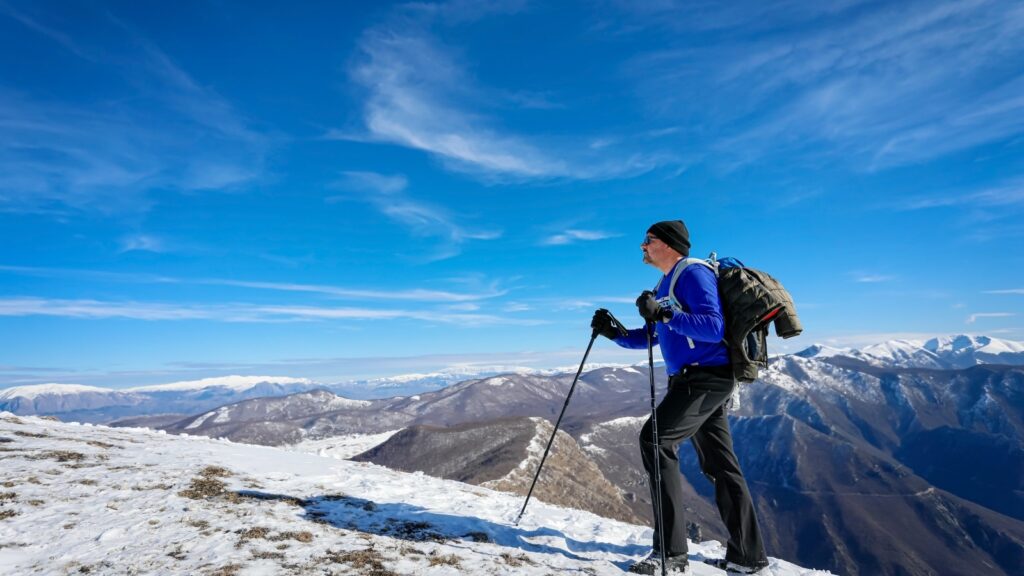970x125
Dr Ashish Markan, a popular eye surgeon, recently shared an alarming case of a young trekker who lost vision after returning from a trek. The patient ascended to 15,000 ft in the Leh-Ladakh region and shortly after arrival, experienced a sudden, painless loss of vision. Upon examination, the culprit turned out to be Central Retinal Artery Occlusion (CRAO) – a rare but serious condition where the blood supply to the retina is suddenly blocked. Although the patient received immediate treatment with digital massage and anterior chamber paracentesis, his vision could only be partially recovered.
970x125
Intrigued by the shocking case, we reached out to Dr Purendra Bhasin, Ophthalmologist and Founder-Director of Ratan Jyoti Netralaya, Gwalior, to better understand the case and the preventive measures.
1. Why do some people experience sudden vision loss after trekking to high altitudes?
As Dr Markan had mentioned in his reel, Dr Bhasin confirms that sudden vision loss at high altitudes is often due to a condition called High Altitude Retinopathy (HAR). It occurs due to reduced oxygen levels and increased blood pressure in the retinal vessels. “The lack of oxygen (hypoxia) causes small blood vessels in the retina to leak or bleed, leading to blurred or reduced vision,” he explains, adding that in severe cases, it can also be linked to “cerebral or pulmonary edema”, which are life-threatening altitude-related illnesses.
2. How common is altitude-related vision loss or High Altitude Retinopathy (HAR)?
While HAR is not extremely common, as Dr Bhasin says, it is frequently observed among people who “ascend rapidly without proper acclimatisation, especially above 2,500–3,000 meters.” The ophthalmologist reports that, according to studies, “mild retinal changes can occur in up to 40–50% of climbers at high altitudes, though only a small percentage develop noticeable vision problems.” Although in most cases it resolves after descent, Dr Bhasin cautions that in severe or untreated cases, it can cause lasting damage.
3. Who is at greater risk — and what factors make someone more vulnerable?
People who ascend too quickly, suffer from hypertension, diabetes, or pre-existing eye diseases are at higher risk. Smokers and individuals with poor physical conditioning or inadequate hydration are also more vulnerable. Environmental factors such as extreme cold, intense UV radiation, and low oxygen levels further strain the eyes and blood vessels.
4. What early warning signs should trekkers watch for?
“Early signs include blurred vision, eye pain, redness, floaters, or seeing dark spots,” Dr Bhasin notes, adding that some may experience mild headache or dizziness that worsens with altitude gain. “Trekkers should take these symptoms seriously and avoid continuing to climb higher. It’s advisable to rest, increase hydration, and use protective sunglasses to minimise UV exposure.” He further recommends that trekkers should carry lubricating eye drops to relieve mild dryness or irritation caused by cold winds and dust. “Ignoring these symptoms can lead to bleeding in the retina and permanent vision loss if not managed promptly,” the ophthalmologist warns.
5. How can trekkers prepare or protect their eyes before and during high-altitude travel?
Dr Bhasin recommends ascending gradually, staying hydrated, and wearing UV-protective sunglasses to shield the eyes from strong sunlight. “Maintaining good oxygen levels through slow acclimatisation helps reduce risk,” he further notes, adding that people with existing eye or systemic conditions should undergo a pre-trek eye check-up.
Story continues below this ad
6. If blurred vision or eye pain occurs at altitude, what should be the immediate next step?
“If vision changes or eye pain appears, the person should immediately stop ascending, rest, and begin descent to a lower altitude,” Dr Bhasin cautions, pointing out that supplemental oxygen and prompt medical evaluation are crucial in this case. He further warns that the trekker should avoid rubbing the eyes, minimise screen use, and stay warm, as cold and dryness can worsen irritation. According to the eye surgeon, using prescribed lubricating drops and keeping the eyes protected from dust and wind can provide relief. “In most cases, symptoms improve after descent and rest, but persistent issues require an eye specialist’s consultation as soon as possible.,” Dr Bhasin concludes.
DISCLAIMER: This article is based on information from the public domain and/or the experts we spoke to. Always consult your health practitioner before starting any routine.
970x125

